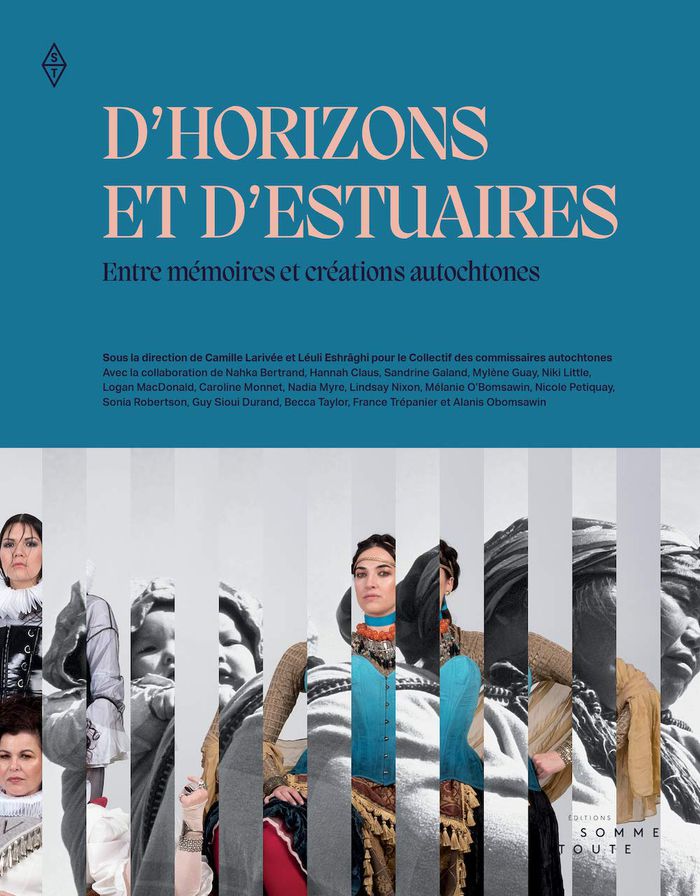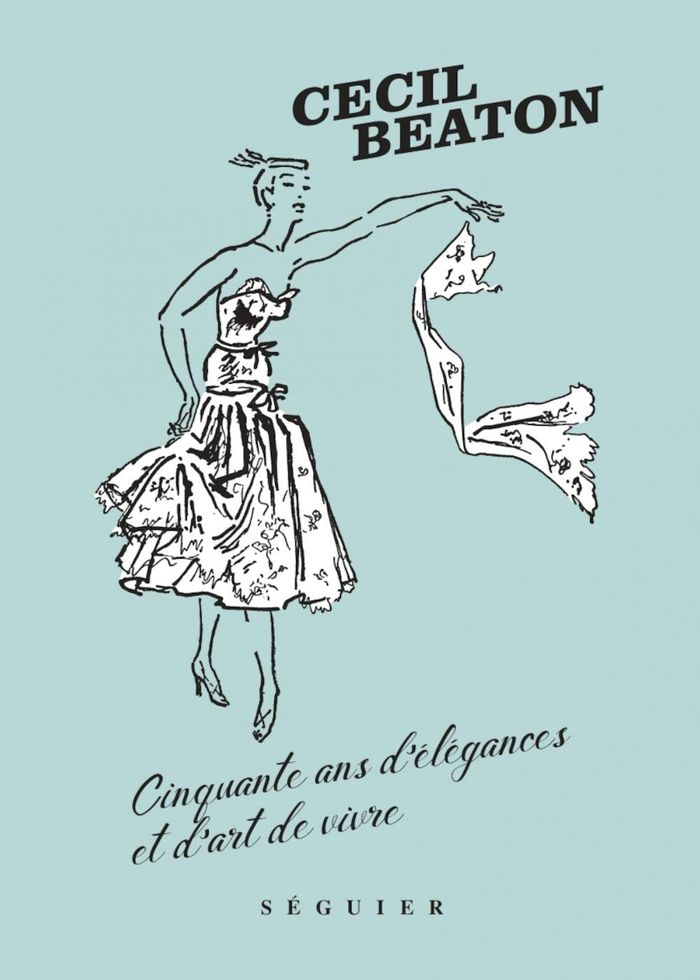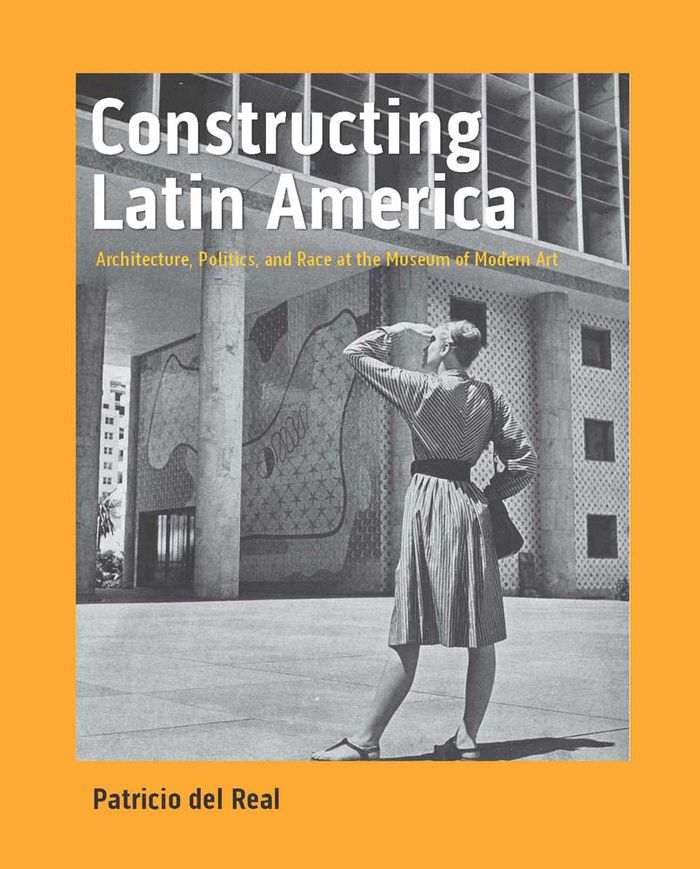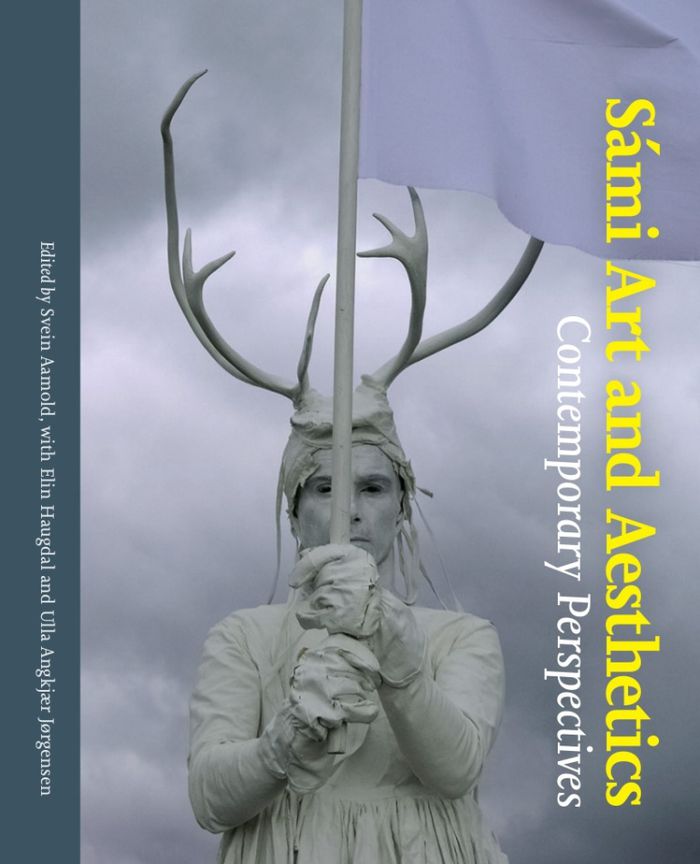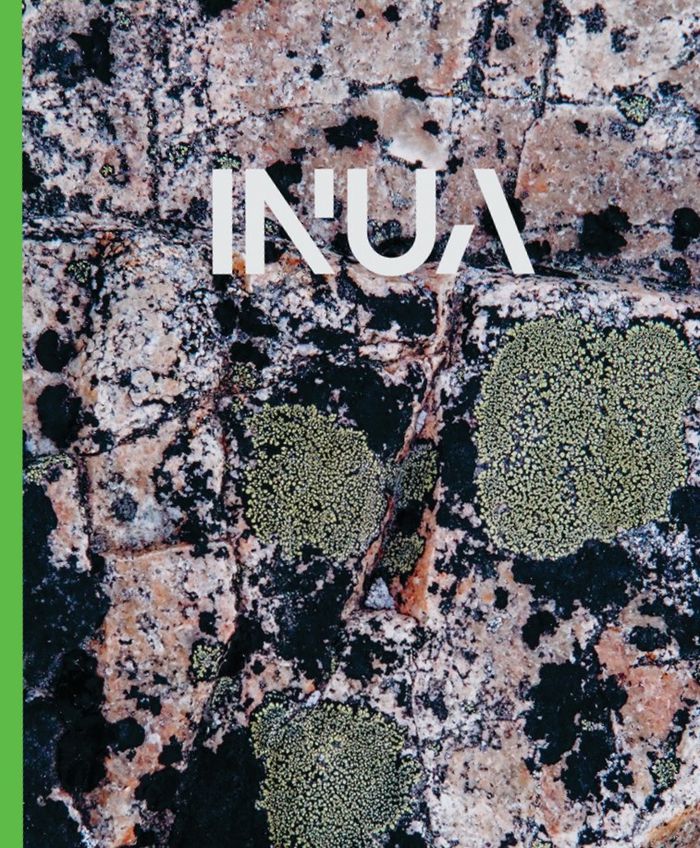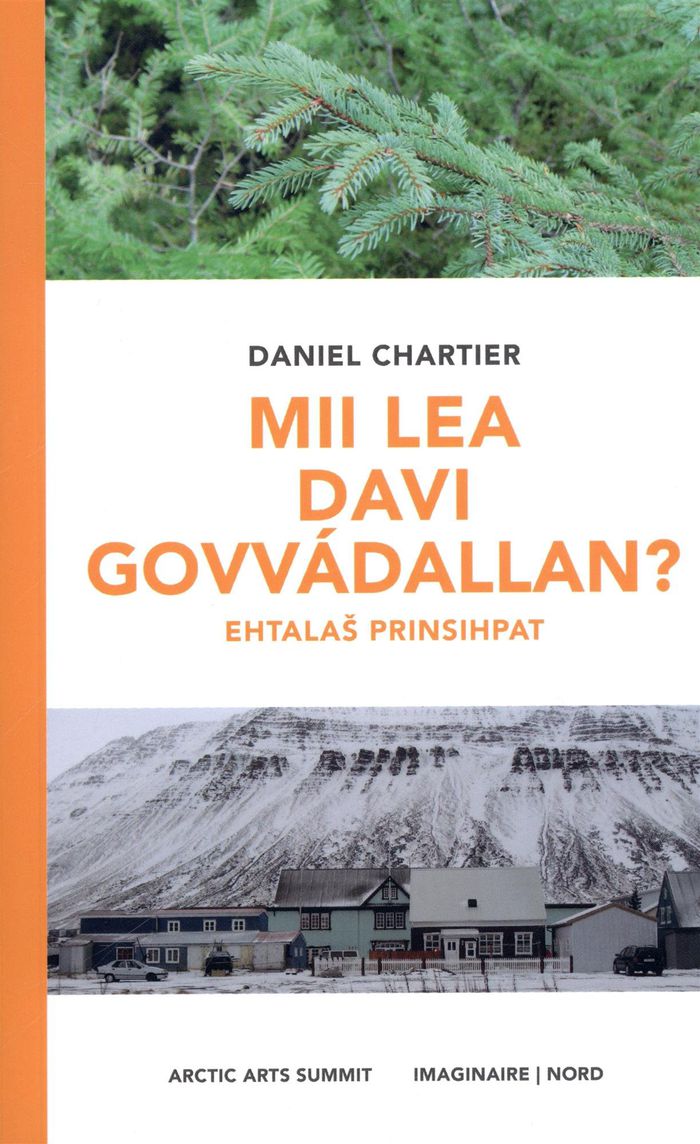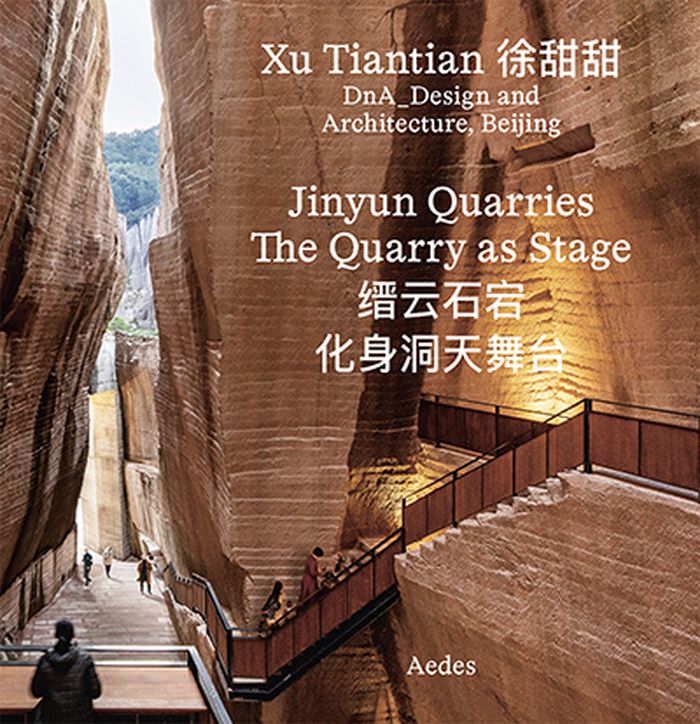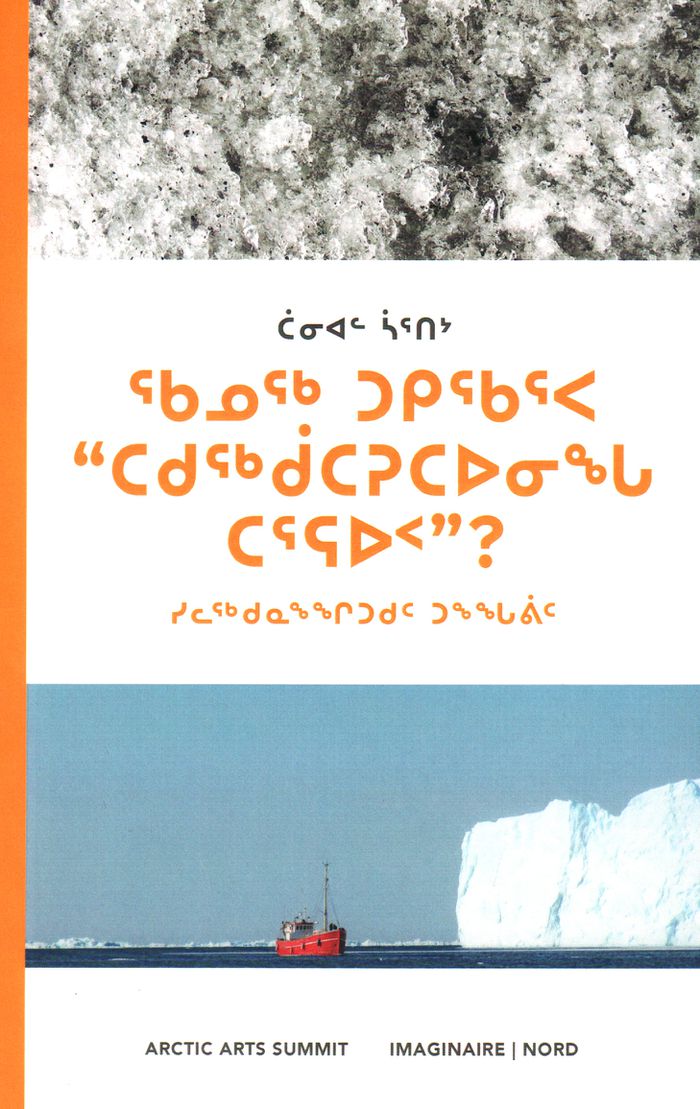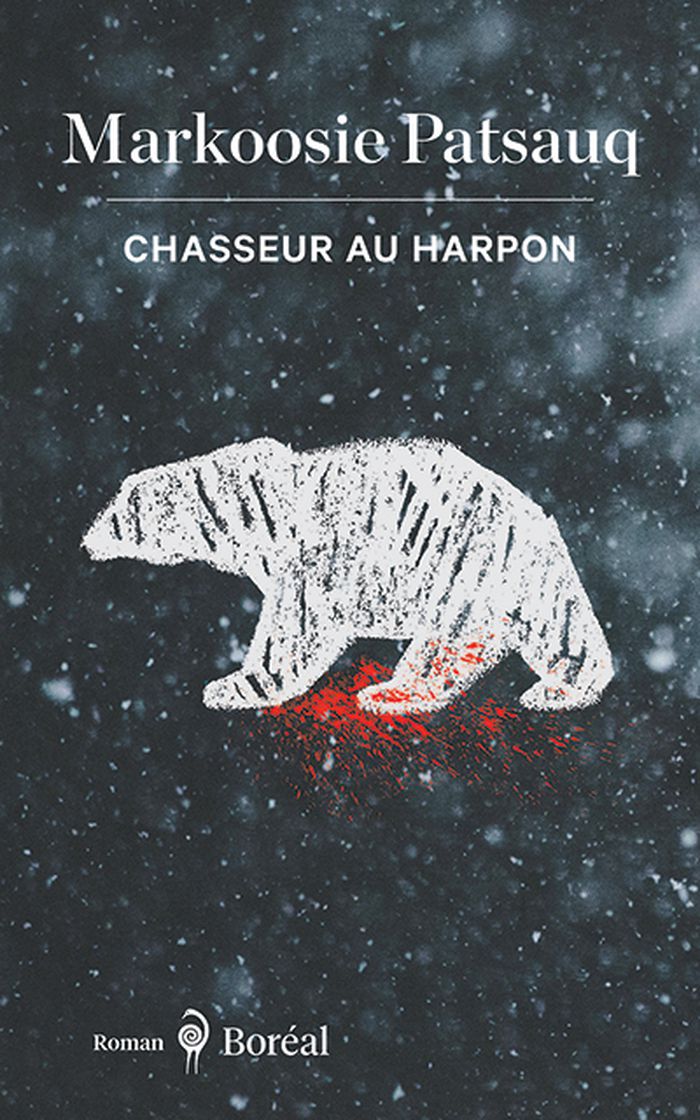$27.95
(disponible sur commande)
Résumé:
Cette publication est une collection d’essais réunissant les voix de 16 artistes, commissaires, historien.ne.s de l’art et travailleur.se.s culturel.le.s autochtones, tant francophones qu’anglophones, œuvrant dans les territoires que l’on nomme Québec. Faisant suite à des expositions, des performances, des résidences d’artistes et des discussions mises en place lors du(...)
D'horizons et d'estuaires : Entres mémoires et créations autochtones
Actions:
Prix:
$27.95
(disponible sur commande)
Résumé:
Cette publication est une collection d’essais réunissant les voix de 16 artistes, commissaires, historien.ne.s de l’art et travailleur.se.s culturel.le.s autochtones, tant francophones qu’anglophones, œuvrant dans les territoires que l’on nomme Québec. Faisant suite à des expositions, des performances, des résidences d’artistes et des discussions mises en place lors du Projet Tiohtìa :ke (2017-2019) du Collectif des commissaires autochtones, ces textes honorent les relations et les affinités qui sont au cœur de ces pratiques en arts visuels. Par la diversité des points de vue et les enjeux soulevés par ces écrits, ce livre pose des questions cruciales sur l’avenir des arts autochtones et ouvre la porte à des dialogues longtemps attendus au Québec qui, nous l’espérons, permettront de créer de réels changements positifs. Il est maintenant temps de plonger dans ces imaginaires collectifs éblouissants et de nager dans les eaux ondulantes de ces mémoires résilientes.
$35.00
(disponible en magasin)
Résumé:
Emblématique portraitiste de mode, « Prince des photographes », Cecil Beaton fut l’une des figures principales de cette vie mondaine et cosmopolite appelée Café Society. Et si nous savions de Cecil Beaton qu’il était un chroniqueur talentueux, nous découvrons dans cet ouvrage qu’il fut aussi un superbe écrivain. Au fil des pages, se succèdent les portraits de célébrités(...)
avril 2022
Cinquante ans d'élégances et d'art de vivre
Actions:
Prix:
$35.00
(disponible en magasin)
Résumé:
Emblématique portraitiste de mode, « Prince des photographes », Cecil Beaton fut l’une des figures principales de cette vie mondaine et cosmopolite appelée Café Society. Et si nous savions de Cecil Beaton qu’il était un chroniqueur talentueux, nous découvrons dans cet ouvrage qu’il fut aussi un superbe écrivain. Au fil des pages, se succèdent les portraits de célébrités tels Balenciaga, Dior, Chanel, mais aussi d’élégantes, de modèles, de photographes et de tant d’autres. Ainsi Beaton encense-t-il une époque, se souvient des gens d’influence, rallume le chic, l’esprit et la déraison.
$90.00
(disponible sur commande)
Résumé:
In the interwar period and immediately following World War II, the U.S. government promoted the vision of a modern, progressive, and democratic Latin America and worked to cast the region as a partner in the fight against fascism and communism. This effort was bolstered by the work and products of many institutions, including the Museum of Modern Art, New York. Using(...)
août 2022
Constructing Latin America: Architecture, politics and race at the Museum of Modern Art
Actions:
Prix:
$90.00
(disponible sur commande)
Résumé:
In the interwar period and immediately following World War II, the U.S. government promoted the vision of a modern, progressive, and democratic Latin America and worked to cast the region as a partner in the fight against fascism and communism. This effort was bolstered by the work and products of many institutions, including the Museum of Modern Art, New York. Using modern architecture to imagine a Latin America under postwar U.S. leadership, MoMA presented blockbuster shows, including Brazil Builds (1943) and Latin American Architecture since 1945 (1955), that deployed racially coded aesthetics and emphasized the confluence of ''Americanness'' and ''modernity'' in a globalizing world. Delving into the heated debates of the period and presenting never-before-published internal documents and photos from the museum and the Nelson A. Rockefeller archives, Patricio del Real is the first to fully address MoMA’s role in U.S. cultural imperialism and its consequences through its exhibitions on Latin American art and architecture.
$105.00
(disponible sur commande)
Résumé:
During the last five decades we have witnessed an increase in activity among artists identifying themselves as Sami, the only recognised indigenous people of Scandinavia. At the same time, art and duodji (traditional Sami art and craft) have been organized and institutionalized, not least by the Sami artists themselves. ''Sami art and aesthetics'' discusses and highlights(...)
Sami art and aesthetics: Contemporary perspectives
Actions:
Prix:
$105.00
(disponible sur commande)
Résumé:
During the last five decades we have witnessed an increase in activity among artists identifying themselves as Sami, the only recognised indigenous people of Scandinavia. At the same time, art and duodji (traditional Sami art and craft) have been organized and institutionalized, not least by the Sami artists themselves. ''Sami art and aesthetics'' discusses and highlights these developments and places them in historical and contemporary contexts for an international audience. At stake are complex, changing terms regarding the creative and the political agencies. The question is not how indigeneity, identity, people, art, duodji, and aesthetics correspond to conventional Western ideas, rather it is how they interact with the Sami and their neighbouring cultures and societies. The volume is written by some of the foremost art historians and literary scholars in Sami art, craft, architecture, culture, and indigenous studies. Artists presented include Johan Turi, Ivar Jaks, Outi Pieski, Folke Fjellstrom, Katarina Pirak Sikku, Geir Tore Holm, and Silje Figenschou Thoresen.
Expositions en cours
$56.00
(disponible sur commande)
Résumé:
''INUA: Inuit Nunangat Ungammuaktut Atautikkut (Inuit Moving Forward Together)'' refers to the life force of all things. As an acronym, it also speaks to our collective vision for Qaumajuq as a place for Inuit to work together towards an exciting new future in the arts, foregrounded by our shared culture and language. The exhibition includes approximately 100 works of art(...)
INUA: Inuit Nunangat Ungammuaktut Atautikkut/ Inuit Moving Forward Together
Actions:
Prix:
$56.00
(disponible sur commande)
Résumé:
''INUA: Inuit Nunangat Ungammuaktut Atautikkut (Inuit Moving Forward Together)'' refers to the life force of all things. As an acronym, it also speaks to our collective vision for Qaumajuq as a place for Inuit to work together towards an exciting new future in the arts, foregrounded by our shared culture and language. The exhibition includes approximately 100 works of art made by 91 artists—from the 1940s to the present—including works from the WAG and Government of Nunavut collections, fifteen commissioned artworks, and loans from across Canada, Alaska and Greenland. INUA is curated by four Inuit and Inuvialuit curators, representing the four regions of Inuit homelands in Canada today. From east to west, they are: Dr. Heather Igloliorte (Nunatsiavut); asinnajaq (Nunavik); Krista Ulujuk Zawadski (Nunavut) and Kablusiak (Inuvialuit Nunangit Sannaiqtuaq). It is also supported by many other Inuk contributors; Project Manager Jocelyn Piirainen; Exhibition Designer Nicole Luke; Graphic Designer Mark Bennett; Educator Kayla Bruce; and WAG Board Member & Indigenous Advisory Circle senior member, Theresie Tungilik.
Expositions en cours
$20.00
(disponible sur commande)
Résumé:
Oarjemáilmmi dáiddárat ja cállit leat govvádallan ja ovdanbuktán Davviriikkaid jahkecudiid cada, mii lea dagahan ahte, logijagiid suksessiva akkumulašuvnnain diskurssaiguin, leat ráhkaduvvon “davi govvádallamat” - mat vulget “Davvin” Skandinávias, Ruonáeatnamis ja Ruoššas, “davvi allagassii” dahje Davvináhpái. Oarjemáilmmálaccat leat johtán davvináhpái beare jahkecuodi(...)
Mii lea "davi govvádallan"? Ehtalaš prinsihpat
Actions:
Prix:
$20.00
(disponible sur commande)
Résumé:
Oarjemáilmmi dáiddárat ja cállit leat govvádallan ja ovdanbuktán Davviriikkaid jahkecudiid cada, mii lea dagahan ahte, logijagiid suksessiva akkumulašuvnnain diskurssaiguin, leat ráhkaduvvon “davi govvádallamat” - mat vulget “Davvin” Skandinávias, Ruonáeatnamis ja Ruoššas, “davvi allagassii” dahje Davvináhpái. Oarjemáilmmálaccat leat johtán davvináhpái beare jahkecuodi dás ovdal, mii dagaha ahte “Davvi” lea buodus duppalgeahcastagas: Geahcastat mii boahtá olggobealde - hábmejuvvon erenoamážit oarjemáilmmálaš govvádallamiiguin - ja geahcastat mii boahtá siskkáldasat - Davi kultuvrrain (Inuit, Skandináva, Cree, jna.). Dat vuosttaš dávjá álkiduvvo ja nubbi hilgojuvvo. Jus mii háliidat áddet mii “Davvi” lea oppalaš perspektiivvas, fertet jearrat guokte jearaldaga: mo definerejit govvádallamat davi, ja makkár ehtalaš prinsihpat berrejit stivret mo mii dulkot davi kultuvrraid oažžun dihte ollislaš oainnu das (maiddá, erenoamážit daid maid lullin leat badjelgeahccan)? Dán artihkkalis geahccala cálli loktet dán guokte jearaldaga, vuos dan bokte ahte definere mat leat govvádallamat daviin, ja dasto evttohusain fátmmastit prográmma “rekomplekseret” kultuvrralaš Árktisa.
Expositions en cours
$21.50
(disponible en magasin)
Résumé:
Focusing on reconciliation with nature, a respectful approach was taken when creating the exhibition “Jinyun Quarries— The Wuarry as Stage“.The large, extensive installation presents the unusual spatial feeling in the stone quarries of Jinyun scenographically and enables visitors to experience it. Spectacular, translucent models give an impression of the complex spatial(...)
Xu Tiantian : Jinyun Quarries, the quarry as stage
Actions:
Prix:
$21.50
(disponible en magasin)
Résumé:
Focusing on reconciliation with nature, a respectful approach was taken when creating the exhibition “Jinyun Quarries— The Wuarry as Stage“.The large, extensive installation presents the unusual spatial feeling in the stone quarries of Jinyun scenographically and enables visitors to experience it. Spectacular, translucent models give an impression of the complex spatial structure of the spaces carved into the rock, accompanied by large-format photos, plans, and descriptions. The exhibition also explores the historical situation when the stone quarries were still in operation on the one hand, and how the population, the craftsmen, and the administration have accepted and assess the newly created infrastructures today on the other. This publication accompanies the exhibition.
$20.00
(disponible sur commande)
Résumé:
Le Nord est un espace imaginé et représenté depuis des siècles par les artistes et les écrivains du monde occidental, ce qui a mené, au fil du temps et de l'accumulation successive de couches de discours, à la création d'un "imaginaire du Nord" — que ce Nord soit celui de la Scandinavie, du Groenland, de la Russie ou du Grand Nord, ou encore des pôles. Or les Occidentaux(...)
Qu'est-ce que l'imaginaire du Nord? : Principes éthiques (Inuktitut)
Actions:
Prix:
$20.00
(disponible sur commande)
Résumé:
Le Nord est un espace imaginé et représenté depuis des siècles par les artistes et les écrivains du monde occidental, ce qui a mené, au fil du temps et de l'accumulation successive de couches de discours, à la création d'un "imaginaire du Nord" — que ce Nord soit celui de la Scandinavie, du Groenland, de la Russie ou du Grand Nord, ou encore des pôles. Or les Occidentaux ont atteint le Pole Nord il n'y a qu'un siècle, ce qui fait du "Nord" le produit d'un double regard, de l'extérieur — les représentations, surtout occidentales — et de l'intérieur — les cultures nordiques (inuites, scandinaves, cries, etc.). Les premières étant souvent simplifiées et les secondes méconnues, si l'on souhaite étudier le "Nord" dans une perspective d'ensemble, nous devons donc poser deux questions : comment définir le Nord par l'imaginaire ? Selon quels principes éthiques devons-nous considérer les cultures nordiques pour en avoir une vue complète, incluant notamment celles qui ont été minorées par le Sud ? Nous répondrons ici à ces deux questions, d'abord en définissant l'imaginaire du Nord, puis en proposant un programme intégrateur pour "recomplexifier" l'Arctique culturel.
Expositions en cours
What is the imagined North?
$20.00
(disponible sur commande)
Résumé:
The North has been imagined and represented for centuries by artists and writers of the Western world, which has led, over time and the accumulation of successive layers of discourse, to the creation of an “imagined North” – ranging from the “North” of Scandinavia, Greenland, Russia, to the “Far North” or the poles. Westerners have reached the North Pole only a century(...)
What is the imagined North?
Actions:
Prix:
$20.00
(disponible sur commande)
Résumé:
The North has been imagined and represented for centuries by artists and writers of the Western world, which has led, over time and the accumulation of successive layers of discourse, to the creation of an “imagined North” – ranging from the “North” of Scandinavia, Greenland, Russia, to the “Far North” or the poles. Westerners have reached the North Pole only a century ago, which makes the “North” the product of a double perspective: an outside one – made especially of Western images – and an inside one – that of Northern cultures (Inuit, Sami, Cree, etc.). The first are often simplified and the second, ignored. If we wish to understand what the “North” is in an overall perspective, we must ask ourselves two questions: how do images define the North, and which ethical principles should govern how we consider Northern cultures in order to have a complete view (including, in particular, those that have been undervalued by the South)? In this article, I try to address these two questions, first by defining what is the imagined North and then by proposing an inclusive program to “recomplexify” the cultural Arctic.
Expositions en cours
Chasseur au harpon
$19.95
(disponible sur commande)
Résumé:
Paru il y a cinquante ans ce livre est considéré comme le premier roman en inuktitut jamais publié. Cette aventure trépidante, marquée de bout en bout par la violence et la mort, nous plonge dans la réalité d’une communauté encore préservée de l’intrusion de la modernité. Surtout, à travers la traque symbolique d’un ours et le dur apprentissage d’un jeune garçon, elle met(...)
Chasseur au harpon
Actions:
Prix:
$19.95
(disponible sur commande)
Résumé:
Paru il y a cinquante ans ce livre est considéré comme le premier roman en inuktitut jamais publié. Cette aventure trépidante, marquée de bout en bout par la violence et la mort, nous plonge dans la réalité d’une communauté encore préservée de l’intrusion de la modernité. Surtout, à travers la traque symbolique d’un ours et le dur apprentissage d’un jeune garçon, elle met en scène le combat immémorial que ces hommes et ces femmes doivent livrer pour survivre. D’une puissance et d’une âpreté rares, ce roman fondateur a grandement contribué à l’essor de la littérature autochtone au Canada. Il est ici traduit pour la première fois à partir du texte original en inuktitut.
Expositions en cours
